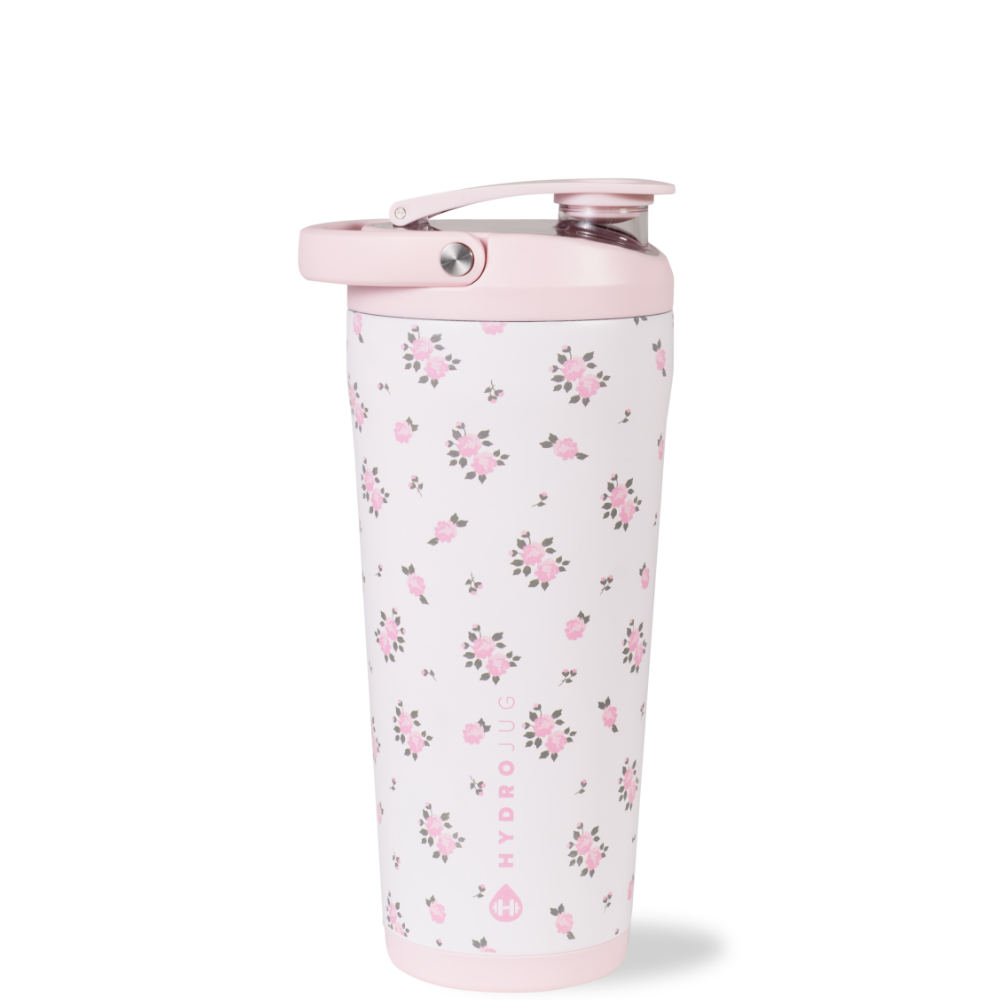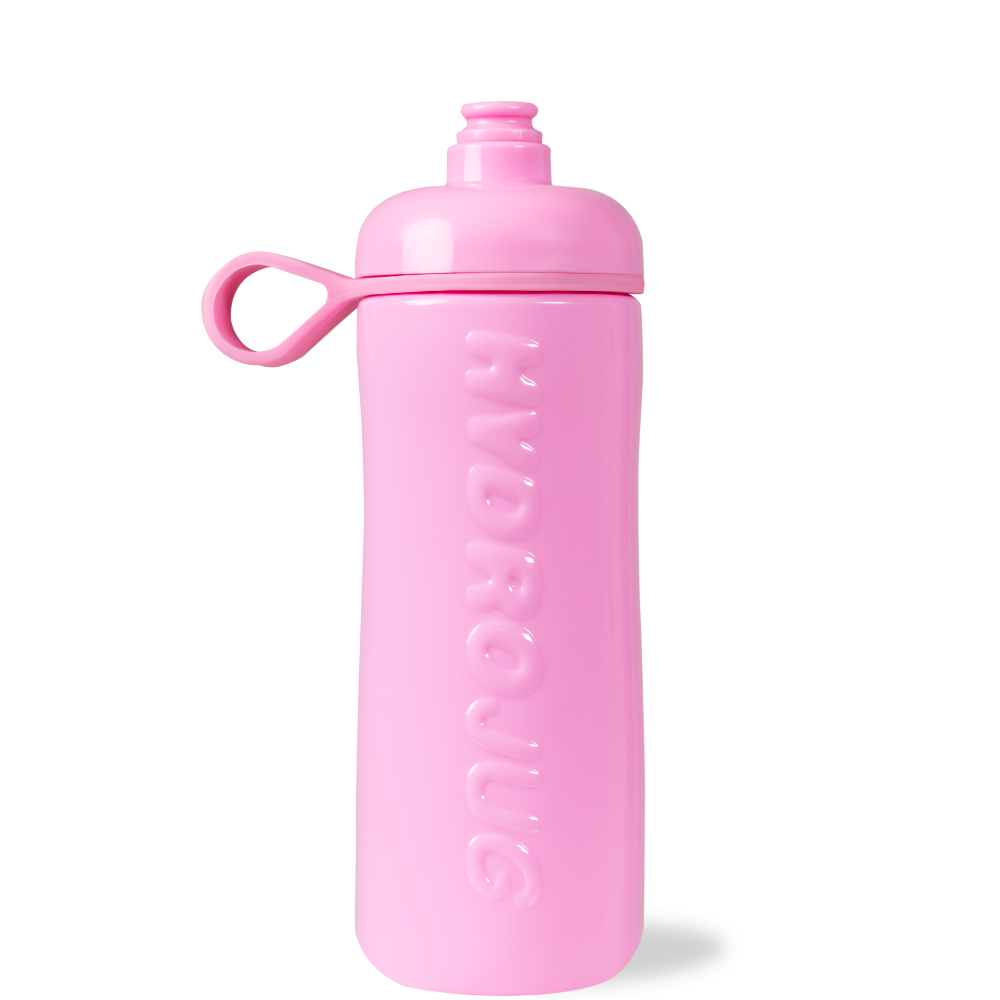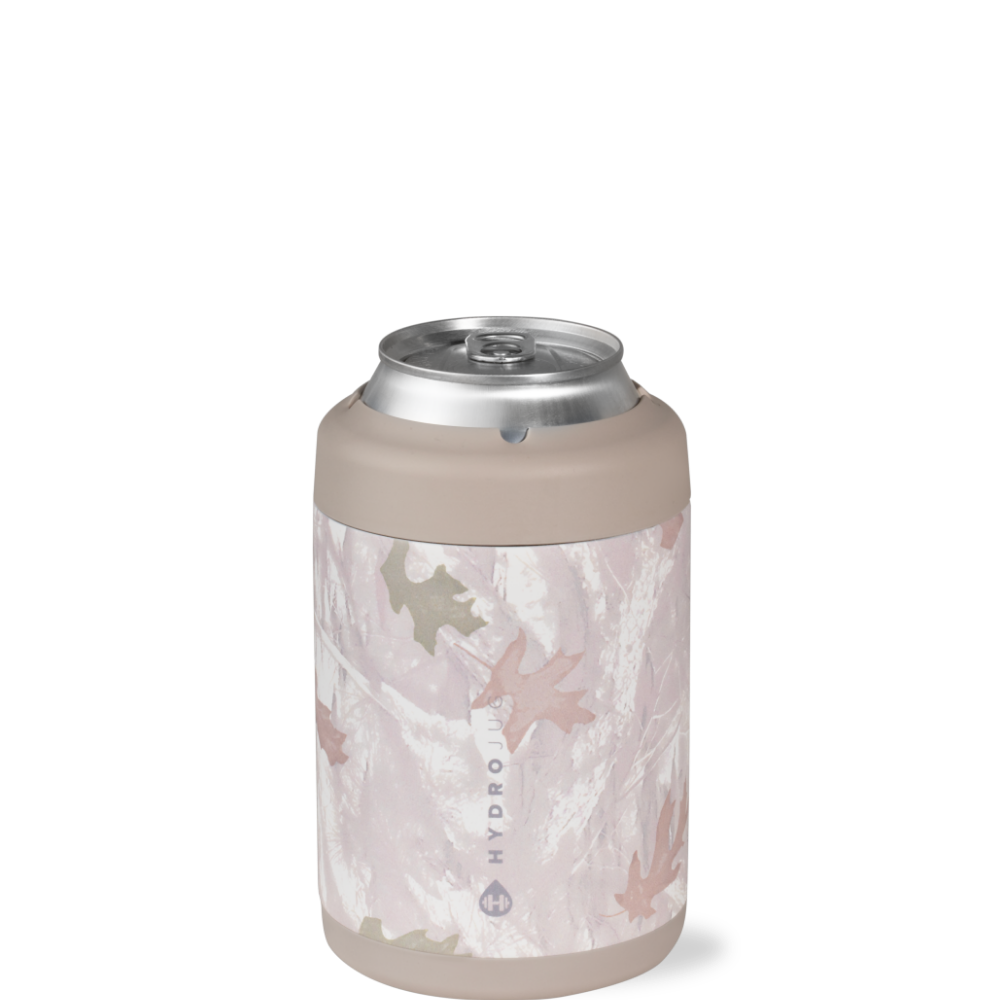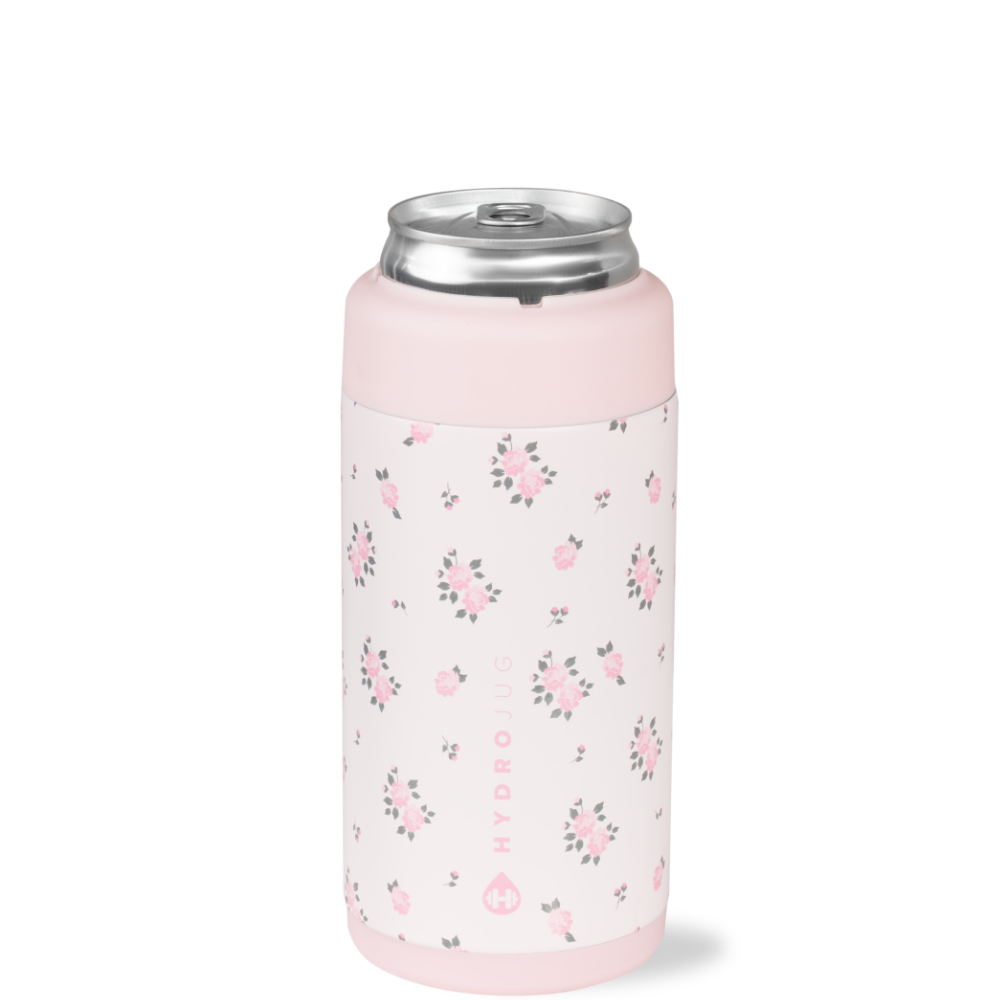
Navigating Seasonal Affective Disorder (SAD)
What is Seasonal Affective Disorder?
Seasonal Affective Disorder (SAD) is a type of depression that typically occurs during the fall and winter months when daylight hours dwindle. Reduced sunlight can disrupt our body's internal clock and lead to imbalances in serotonin and melatonin levels, neurotransmitters that affect mood and sleep. Symptoms of SAD can vary from mild to severe and may include feelings of sadness, fatigue, irritability, changes in appetite, and difficulty concentrating.
February can be a tough month and many of us may be feeling the effects of SAD in full force. Here’s our top tips for managing symptoms of SAD.
Managing SAD Symptoms:
Light Therapy: Light therapy, also known as phototherapy, involves exposure to bright artificial light to mimic natural sunlight. Regular sessions of light therapy, particularly in the morning, can help alleviate SAD symptoms by regulating circadian rhythms and boosting mood. Try to get bright light in your eyes right away in the morning, even if the sun isn’t out.

Exercise: Physical activity is a powerful antidote to the winter blues. Regular exercise releases endorphins, neurotransmitters that promote feelings of happiness and well-being. Aim for at least 30 minutes of moderate-intensity exercise most days of the week, whether it's a brisk walk, yoga, or dancing to your favorite tunes.
Mindfulness Techniques: Practices like meditation, deep breathing exercises, and progressive muscle relaxation can help reduce stress and promote relaxation. Cultivating mindfulness allows us to observe our thoughts and emotions without judgment, fostering a sense of inner calm and resilience.
Stay Hydrated: Hydration plays a crucial role in supporting overall well-being, including mental health. Dehydration can make feelings of fatigue and lethargy worse. These are common symptoms of SAD. Aim to drink plenty of water throughout the day, and consider incorporating warm beverages like herbal tea to soothe and comfort during the winter months.

Finding Support and Resources:
If you're struggling with SAD, know that you're not alone. There are numerous resources and
support networks available to help you navigate this challenging time:
- Therapy Options: Consider seeking support from a mental health professional, such as a therapist or counselor, who can provide guidance and treatment tailored to your individual needs.
- Online Communities: Connect with others who are experiencing similar challenges through online support groups or forums. Sharing your experiences and learning from others can offer comfort and validation.
- Self-Care: Prioritize self-care practices that nourish your body, mind, and spirit. Whether it's spending time in nature, journaling, or indulging in hobbies, carve out moments of joy and relaxation amidst the winter gloom.
If you are currently struggling with SAD try some of these techniques which may help your symptoms. Also, rest assured knowing that spring is right around the corner!



























